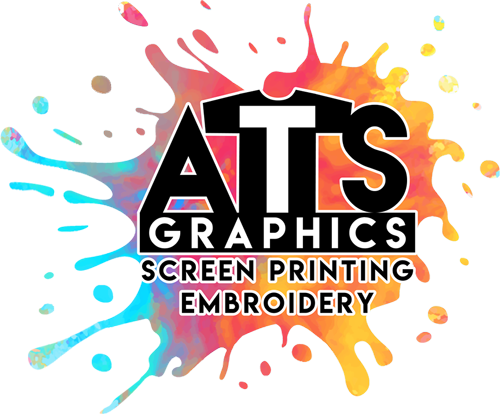There are a multitude of tools that graphic designers can utilize to achieve the exact look they want for their work. From layering to blending, the possibilities are seemingly endless when it comes to the art of graphic design. A prominent tool that most forget about, though, is the use of overprinting. As its name suggests, overprinting is simply the process of printing one color on top of another one.
Through the process of overprinting, a graphic design is given more control and freedom to tailor their piece in any way they feel fit. Overprinting induces more creativity within a piece, resulting in a unique and eye-popping image as the final product.
The Science Behind The Art: Everything You Need To Know About Overprinting
Every graphic designer knows that we print with lithographic presses and that they print in four primary colors: cyan, magenta, yellow, and black. Through the process of overprinting, a graphic designer is able to put one of these colors on top of the other, thus creating a new color. For example, if you put the color yellow over the color cyan, you will have created the color green through the use of overprinting.
This allows any graphic designer more control over the look of their work while also giving it its own unique style and look. While it’s easy to get caught up in the potential of all of these possibilities, it’s important to note that the color white cannot be overprinted due to the fact that there is no regular white ink in printing. It is also important to know that the color black is often set to overprint on other colors.
Look Like You Know What You’re Doing: How To Use Overprinting Correctly
While the process of overprinting can be an incredibly helpful and useful tool, it only works as well as it does when someone knows how to utilize it properly. When a graphic designer overprints, sometimes the color on the bottom will end up showing through the color on top of it. This can sometimes ruin the quality and look of your work. It’s important to keep this in mind whenever you try to overprint one of your projects.
Another important factor to always consider whenever you overprint is that your work’s digital files may default to overprinting. It’s important to always check your settings before you begin to overprint your work. While overprinting has an assortment of benefits, it can often ruin images or logos if not used properly. When overprinting goes awry, it usually makes your images or logos blurry and distracting, creating murky and unprofessional work.
Be Aware, Be Very Aware: The Disadvantages Of Overprinting
Overprinting is already a complex process, so it’s incredibly important to be aware of its disadvantages. One of these disadvantages is that when an image is overprinted, it may make the image look flattened. This flattened image will more likely than not make the PDF file of your image more complex and increase the size of the PDF.
Another thing to look out for when overprinting your image is any border defects. These defects will often appear as white lines around the surrounds the edges of your image. These lines may disappear when you zoom in on the image, but most often then not, the lines are prominent and distracting.

